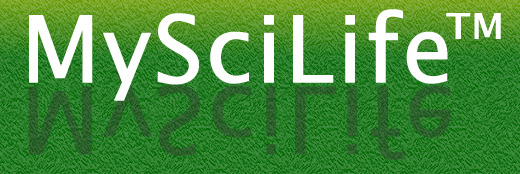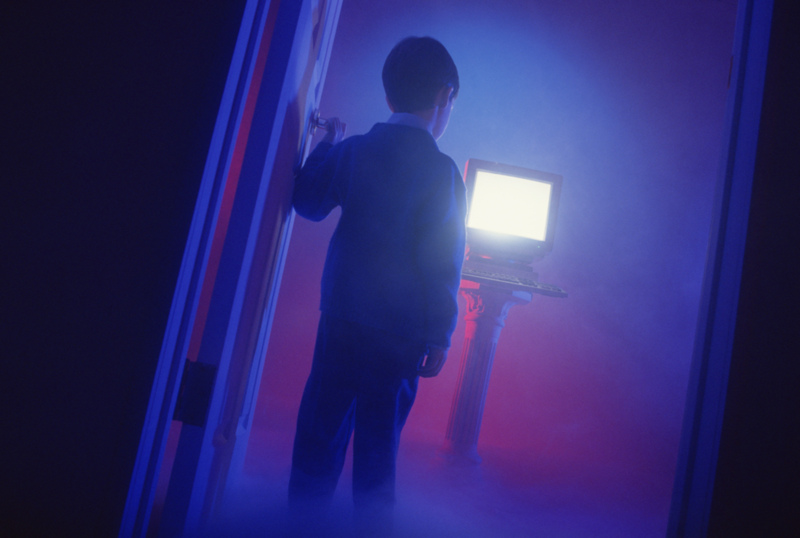What’s good for you
Make time for what’s “good for you.” Exercise 30 minutes a day. Eat organic. Go outside. Read to your child. Drink water. Set aside quality time. Model responsible behavior. Oh, and reduce stress.
We know what we’re supposed to do and why it is good for us. We just don’t know how to fit it all into a teacher’s week. Now add to the list: staying up to date on new approaches to teaching and learning (often using technology). As someone who finally figured out where to find the time for some of the above, I wonder whether the same strategies –with a little tech assistance– could work for the other things, like staying up to date with tech for learning.
Strategy 1: Where were you?
I have read that we are more likely to exercise if we have comrades at the gym or pool or on our walks. Simply knowing that you’ll be asked, “Where were you?” is often enough to make you go when you’d really like to skip. My swim friends have no authority over me, but anticipation of their concern is enough to drag me out of bed before 5 am on cold, winter mornings. Even the casual acquaintances who greet you on regular walks will ask why they have missed you. Easier to just do it than to make up excuses. Try establishing the same “where were you” type of group in your faculty room for Better Teaching Tuesdays or on Twitter by joining one of the many #chats. But be sure to befriend enough buddies in the chat that they will ASK you where you have been if you do not show up. As I scan chats, I see enough side conversations about vacations, family, and local lore to recognize the same kind of conversations that happen in my swim locker room. Support each other’s professional development simply by asking, “where were you” when a frequent chat buddy is absent, and ask your buddy to do the same for you.
Strategy 2: Let them notice
There is nothing like having someone say, “You look good. Have you been exercising?” or “I wish I read to my kids as much as you read to yours.” If you keep your success at beating the time bandits completely secret, you may never hear these invigorating reinforcements. Leave a trail that others can find. Facebook is great for this. So are blogs. Mention the book you and the kids just finished or the great story you heard at the gym. Be honest about how much you hate broccoli as you share the first broccoli recipe you can stand on Pinterest. Maybe even share the first tech tool you figured out. It’s not bragging if you are simply giving people a small view of a minor accomplishment. I don’t think I’d list my breakfast menu, but I see how many comments my friends receive when they share a pic of a culinary coup. I personally have a bit more trouble with the running apps that share how fast you ran 5 miles, but that is probably my problem, not yours. To me, sharing limited peeks is better than trumpeting announcements. To each his own. A great side benefit of playing in the social network venue is that you are learning the way your students like to learn. How can you adapt it as a class activity?
Strategy 3: Find the app for that
If nothing else, apps add novelty. Heaven knows, they multiply like mosquitos, with a new buzz hourly. A lasting favorite of mine is Flipboard. I like being able to add Twitter searches, favorite blogs, and just plain news into one magazine-style app that I can browse without feeling like I am working. I admit I don’t stay up to date on all the new apps that come out. I wait to read what others say on Twitter and try them when I notice 3- 6 tweets about the same app. Must be good, right? App shopping is like using coupons. You try new products when you hear enough buzz and you think it’s cheap enough to try. (Either that or your eight year old is hounding you to buy it.)
Twitter and try them when I notice 3- 6 tweets about the same app. Must be good, right? App shopping is like using coupons. You try new products when you hear enough buzz and you think it’s cheap enough to try. (Either that or your eight year old is hounding you to buy it.)
Strategy 4: Balance your diet
Twitter is dark chocolate for the teaching heart. I could stay on all day, but I know it is not the only food for thought. There are other options that offer high fiber (online pubs like Learning and Leading), large tossed salad webinars, and the full meal experience of creating a conference presentation or online PD session. I especially savor the face to face potluck paloozas like the ISTE conference where I meet and simply talk with other teachers.
I certainly don’t stick to what is good for me, and I often do not meet recommended daily allowances of professional development. I’ll keep working on serving things up at TeachersFirst if you promise to try some tech broccoli once in a while.












